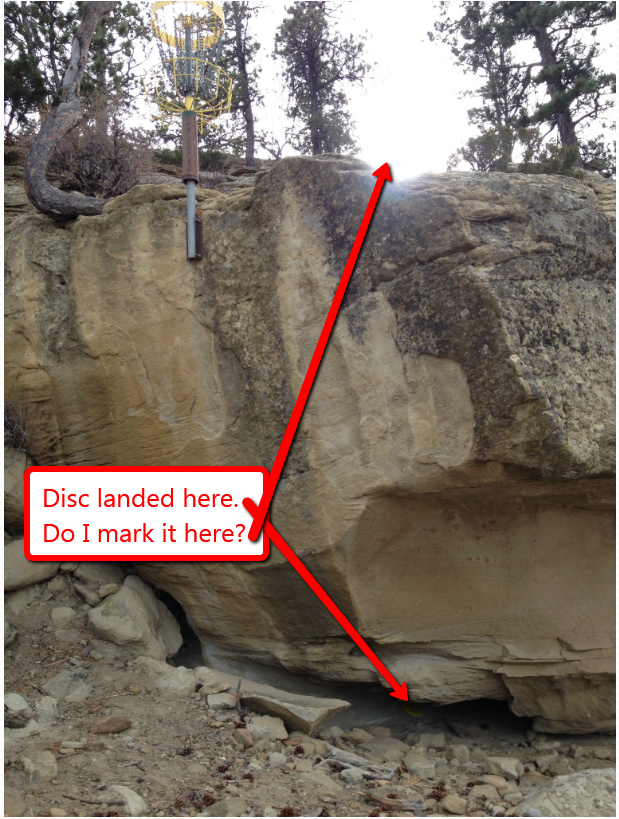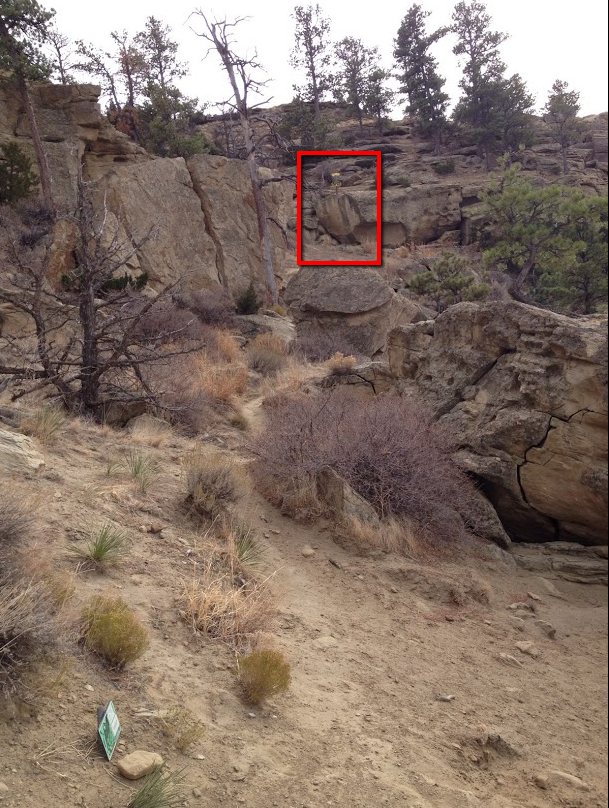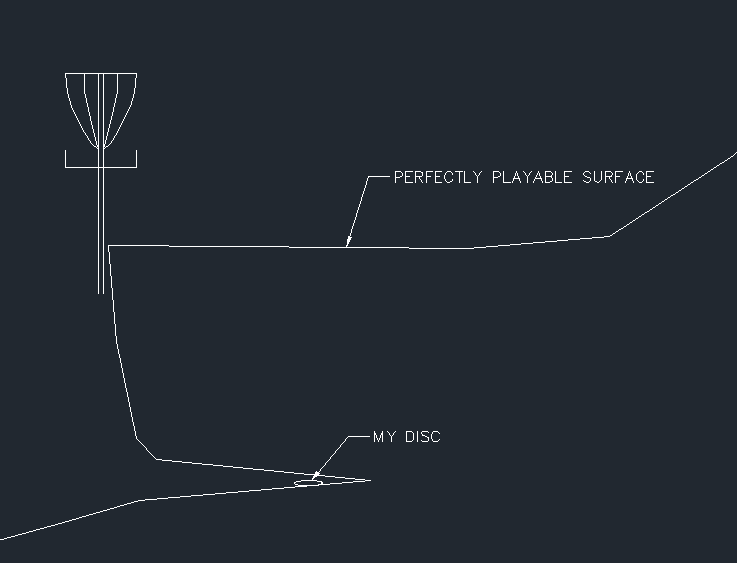jugglerbri
Newbie
- Joined
- Apr 9, 2011
- Messages
- 5
Having a discussion with some guys in my league and I was wondering what you all thought.
Here's the situation, I was playing up in Montana last week (just out by myself so it doesn't really matter what the correct call on the rule turns out to be) and my shot ended up in a crevice that actually went underneath the basket. The basket is bolted to the face of a 15' cliff and you tee off facing the cliff. There is no OB on the hole.
Is the disc "Unplayable" or "Below the Playing Surface"?



Here's the situation, I was playing up in Montana last week (just out by myself so it doesn't really matter what the correct call on the rule turns out to be) and my shot ended up in a crevice that actually went underneath the basket. The basket is bolted to the face of a 15' cliff and you tee off facing the cliff. There is no OB on the hole.
Is the disc "Unplayable" or "Below the Playing Surface"?



Last edited: